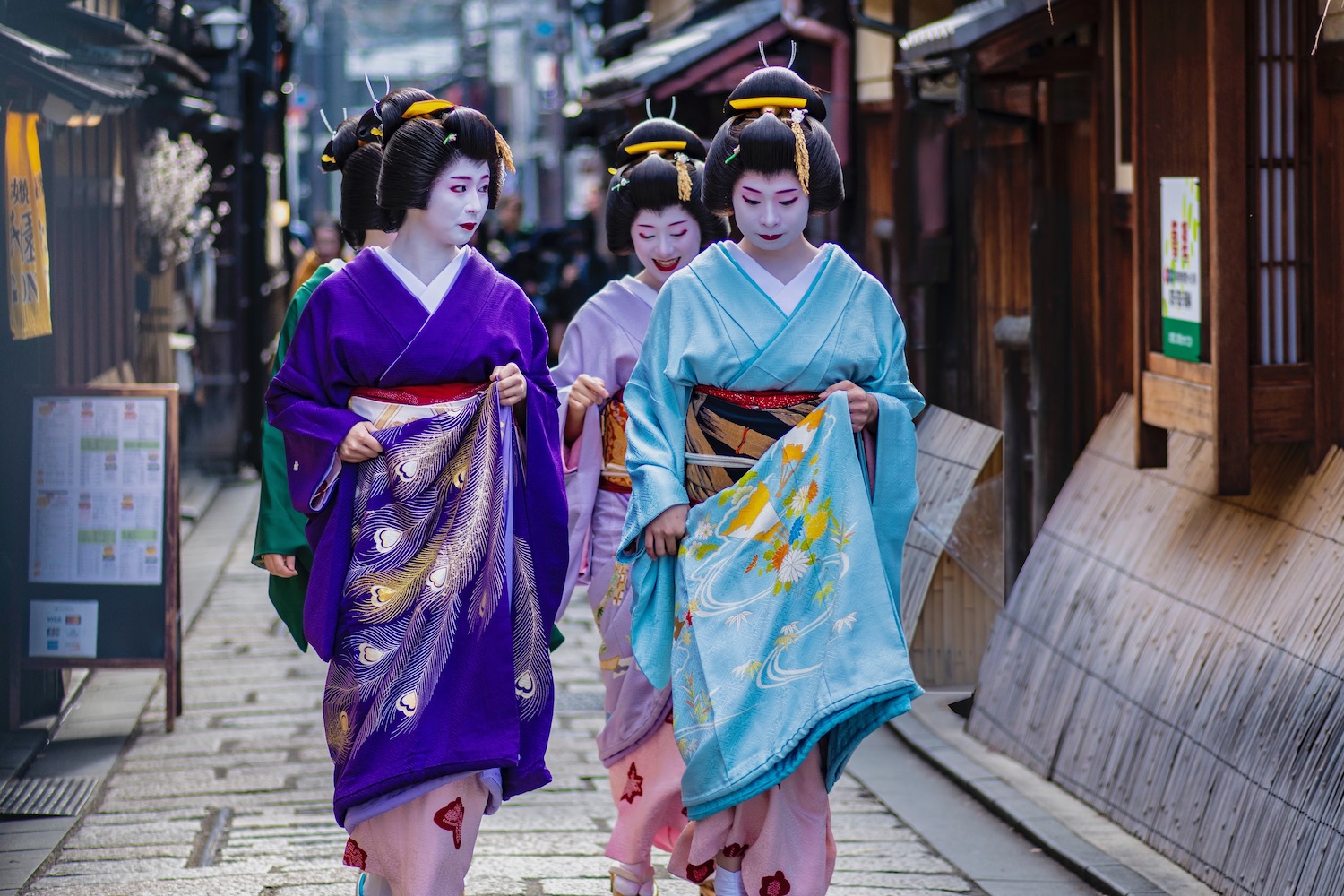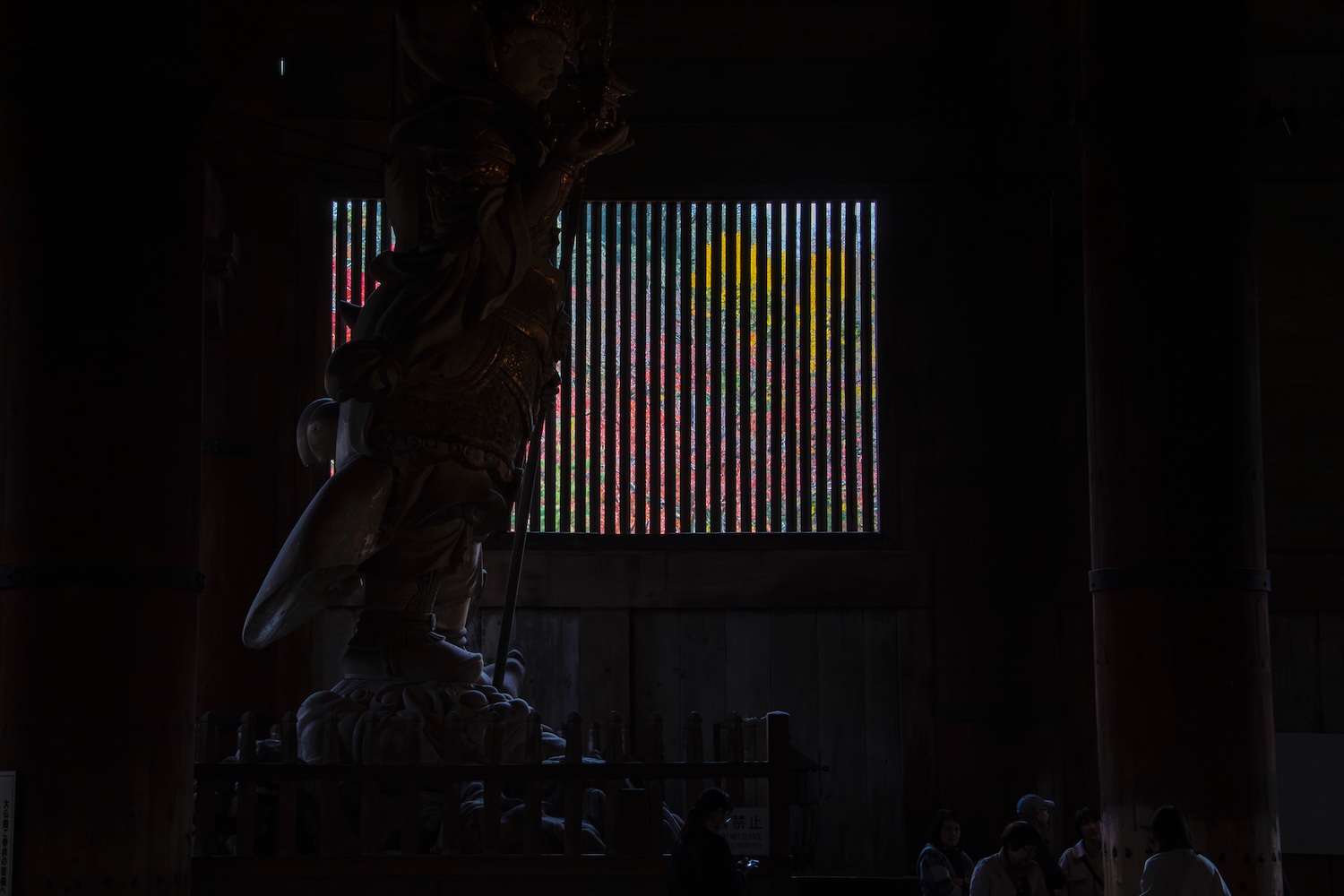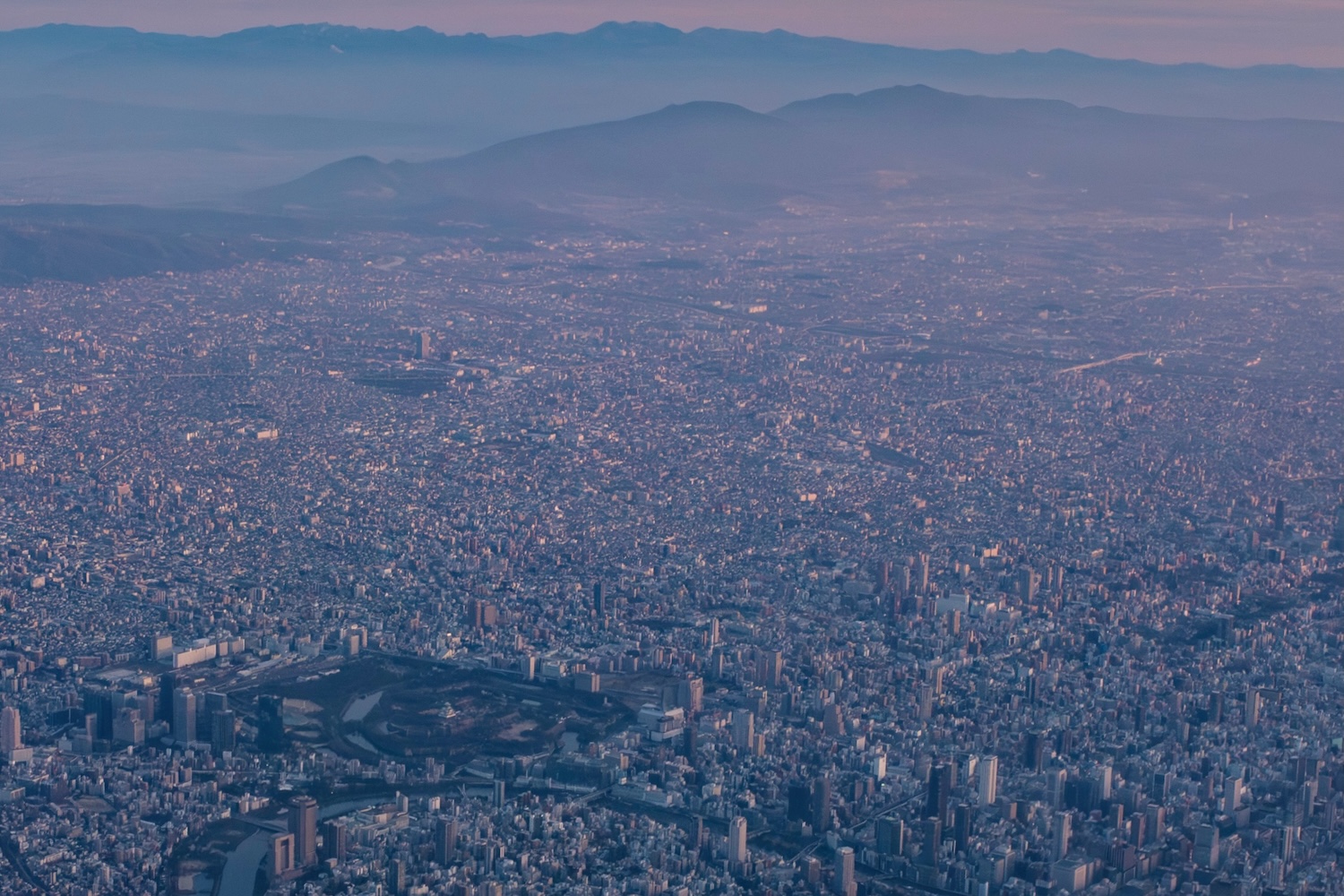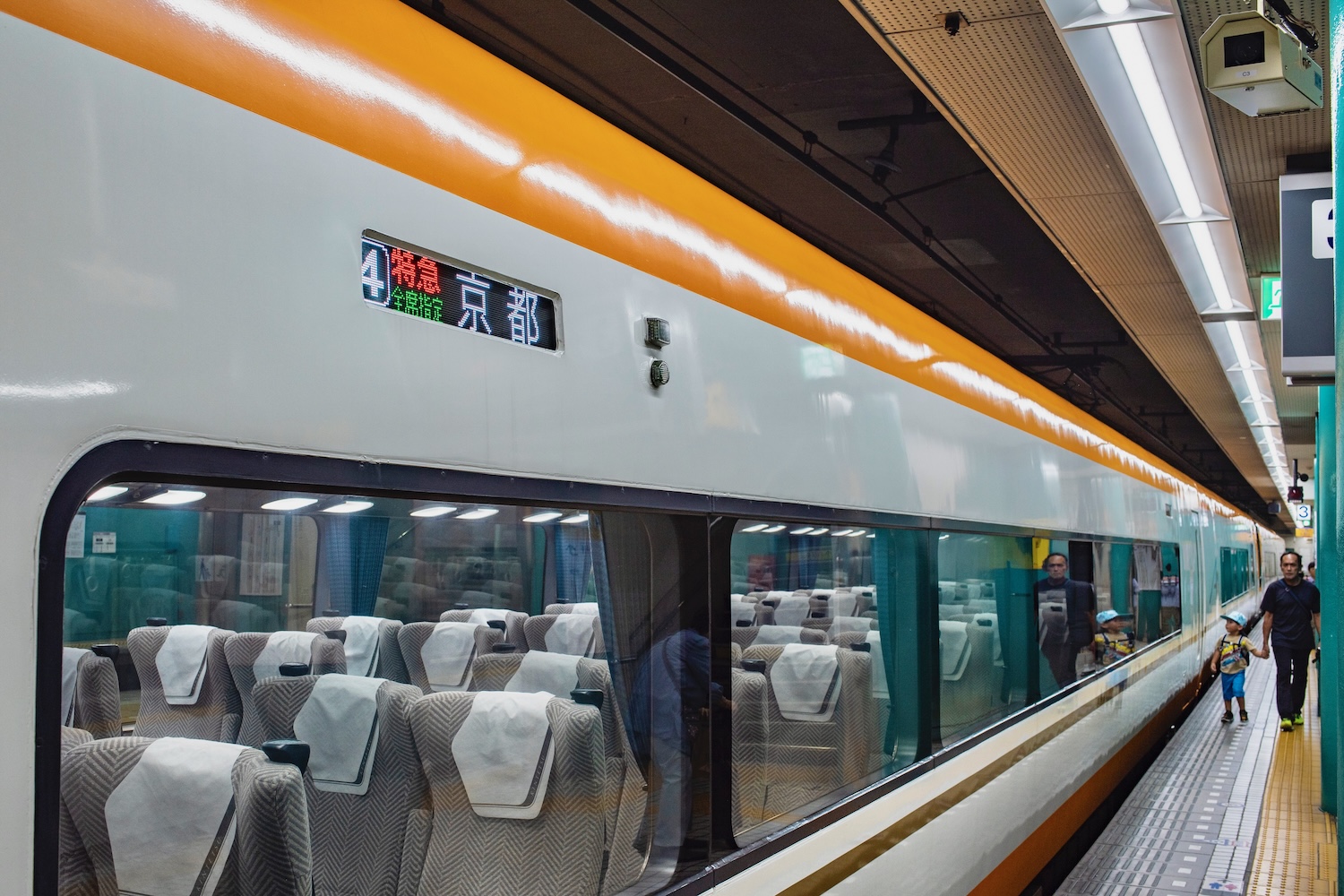A few years ago, when it was announced that the JR Pass’ price would be increasing—and doing so significantly—my first reaction was to be upset. For myself (and virtually all of my readers and clients), the pass had been an indispensable part of exploring Japan.
Then, I started to see the silver lining. Namely, that while the change would cost me (and my readers) money, it would also liberate us from having to ride JR trains all the time.
One of the chief beneficiaries of this change has been the Kintetsu Line, a private railway company that connects various cities in Japan’s Kansai region. Continue reading to learn more about this railway, and how using it might enhance your future Japan travels.
Why So Many Travelers Shirk the Kintetsu Line
As I alluded in the intro, travelers have historically not so much avoided the Kintetsu Line as they have taken JR trains reflexively. After all, why would you pay for a service from one company when you can get it for free from another? This is only part of the equation, however. Another factor? Kintetsu’s brand awareness simply isn’t high among foreigners. There’s barely any sign of it within Kyoto Station, for example, in Kintetsu’s platforms being just steps from JR’s.
Now, if I were a betting man (apart from occasional stints at the online casino, this is), I’d put a big wager on the possibility that the Kintetsu Line is going to get even more popular in the future. And not just because of how many more travelers are skipping out on the JR Pass, either. Kintetsu is marketing its services more in English, for starters. Beyond this, destinations mainly served by Kintetsu (such as Yoshino and Mie—more on those in a second) are becoming more popular.
The Most Popular Kintetsu Line Destinations
Kyoto

As I mentioned above, the Kintetsu Lines are somewhat hidden within Kyoto Station. In spite of this, you can easily access the entire Kintetsu system from there. While the most common route is from Kyoto to Nara, you can go beyond there to many of the other destinations on this list, including Yoshino and Mie.
Nara

Speaking of Nara, using the Kintetsu train to get here is incredibly advantageous. This is primarily because Kintetsu-Nara Station is much closer to the city’s main attractions than the JR station. This means that if you come by Kintetsu train, you can explore the city entirely by foot—more time to feed the deer!
Osaka

While I wouldn’t recommend using the Kintetsu Line to travel between Kyoto and Osaka (as you’d need to change trains in Nara, resulting in a significant backtrack), traveling from Nara to Osaka via Kintetsu is extremely convenient. The main Kintetsu station in Osaka (Osaka-Namba) is much closer to Dotonbori pedestrian street than Osaka Station itself!
Yoshino

Beyond the major cities of the Kansai region, the Kintetsu rail is also useful for exploring off the beaten path. For example, if you’re visiting Japan during cherry blossom season and want to visit the superlative Mt. Yoshino, you can ride the Kintetsu Lines via Kashihara Jingumae to Yoshino Station.
Mie

The Kintetsu Lines are also the major artery connecting the cities of underrated Mie prefecture: Toba; Ise; and Matsusaka. You can ride them all the way from Nagoya, too, presuming you don’t come from Kyoto, Osaka or Nara. Kintetsu trains in Mie-ken have much more convenient schedules than JR ones.
How to Book Kintetsu Line Tickets in Advance
The good news? For local train services, you don’t need to book Kintetsu tickets in advance. Just tap your IC card (or phone, if you’ve configured it there) and board the train as you would any other local train, subway or bus in Japan. The better news? Unlike JR, whose websites continue to be clunky and awkward, it’s reasonably easy to book tickets for Kintetsu tokkyu (Limited Express) trains online in English.
Simply visit this website to enter your origin, destination and travel dates and times, and to purchase the ticket that suits you best. One thing I love about this service is that you have the option to enter the Kintetsu turnstiles with an IC card, and only purchase the Limited Express ticket outright. This is great because if you decide last-minute to take a reserved seat train (such as the fancy new Hinotori), you can purchase your seat after you’ve already entered the ticketed area of the station.
Other FAQ About Riding the Kintetsu Railway
Can I use a Suica card for Kintetsu Line?
You can use Suica (or any other IC card) to enter the Kintetsu Line turnstiles, which will allow you to board any Local Kintetsu train without additional payment. Do note that if you want to take a Limited Express train with reserved seats, you’ll need to purchase your Limited Express ticket outright, either online or using a ticket machine at the station.
Is Kintetsu covered by JR Pass?
Kintetsu is a private railway, which means that it is not covered by the JR Pass. That’s the bad news. The good news? Many Kintetsu trains are extremely affordable, since most travelers use them to cover short distances, such as between Nara and Kyoto or Osaka.
Does Kintetsu Line go to Fushimi Inari?
Although there is a Kintetsu Line station called “Fushimi,” it’s actually far away from Fushimi Inari Shrine. If you want to ride the Kintetsu Line to Fushimi Inari Shrine, you actually need to get off at Tambabashi. Here, you’ll transfer to the Keihan Main Line, and ride it to Fushimi Inari Station.
The Bottom Line
Over the years, I’ve relied more and more on the Kintetsu Line to explore Japan’s Kansai region. Certainly, it’s the best way to travel from Kyoto to Nara, given that Kintetsu Nara Station is much closer to Nara’s main attractions than the JR station is. Moreover, the Kintetsu Lines are indispensable if you want to explore off-the-beaten-path destinations like Yoshino, or coastal Mie prefecture. While not a replacement for the JR Lines (and certainly, not for the Shinkansen), the Kintetsu-sen is an important piece of the transportation puzzle when exploring west-central Japan. Want personalized help decoding the Japan transportation puzzle? Commission a custom Japan itinerary today!






